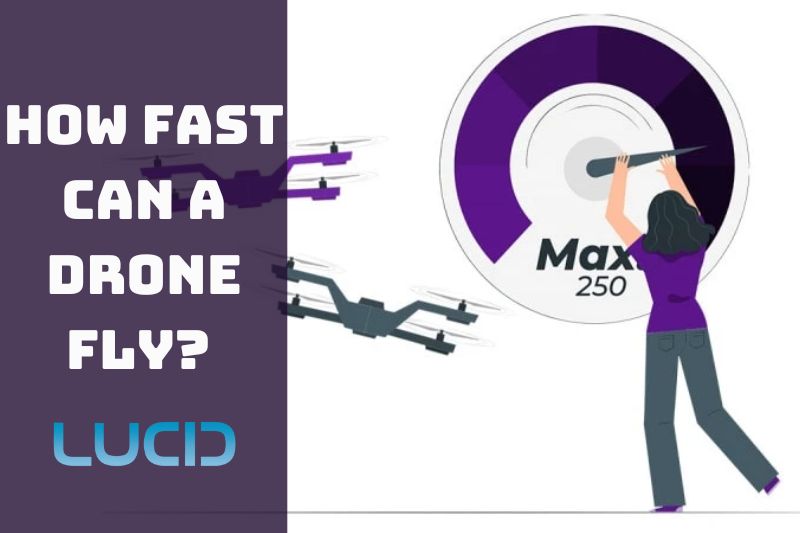Drones have become increasingly popular in recent years, and many people are now curious about their capabilities. While many are aware of their potential for aerial photography, one of the most interesting questions is: how fast can a drone fly?
This article will answer that question by exploring the speed limits of commercial drones and outlining some important considerations when it comes to drone flight.
Table of Contents
- 1 How Fast Can a Drone Fly?
- 2 The Most Popular And Common Drone Speeds On the Market
- 2.1 DJI Mavic Mini – slow speed (up to 29 mph)
- 2.2 DJI Mavic Air 2 – moderate speed (up to 42 mph)
- 2.3 DJI Phantom 4 Pro V2.0 – fast speed (up to 45 mph)
- 2.4 DJI FPV – super-fast speed (up to 87 mph)
- 2.5 Parrot Anafi USA – moderate speed (up to 34 mph)
- 2.6 Autel Robotics EVO II – fast speed (up to 45 mph)
- 3 What Are the Common Aspects Influencing Drone Speed?
- 4 How Can I Make My Drone Fly Faster?
- 5 What is the fastest drone in the world?
- 6 FAQs
- 7 Conclusion
How Fast Can a Drone Fly?
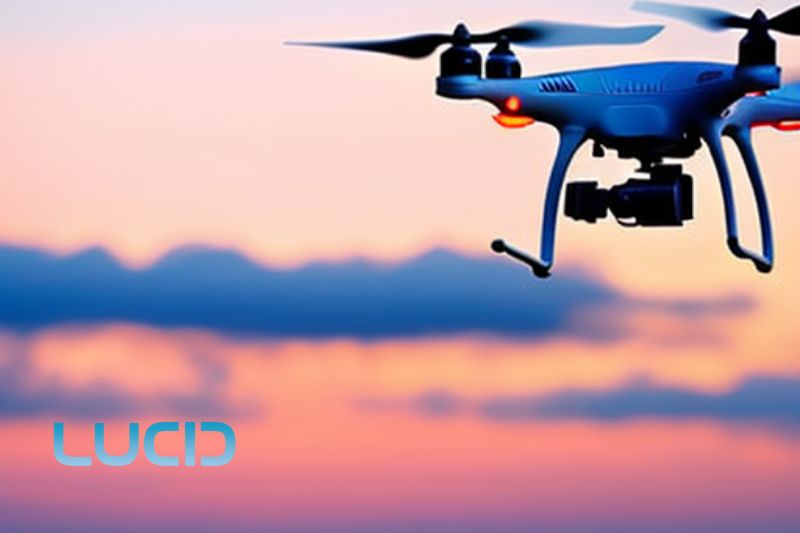
Drones have become a ubiquitous presence in the skies, capturing stunning aerial footage, delivering packages, and assisting with search and rescue operations. But just how fast do racing drones go? The answer depends on the type of drone.
Beginner drones
Beginner drones are designed for those just starting out with drone flying. They are easy to maneuver and can reach top speeds of around 12 mph. These drones typically have simplified controls and may lack some of the advanced features found on more expensive models.
However, they are a great way to get started with aerial photography or videography, and can also be used for fun and recreational purposes.
Trick drones
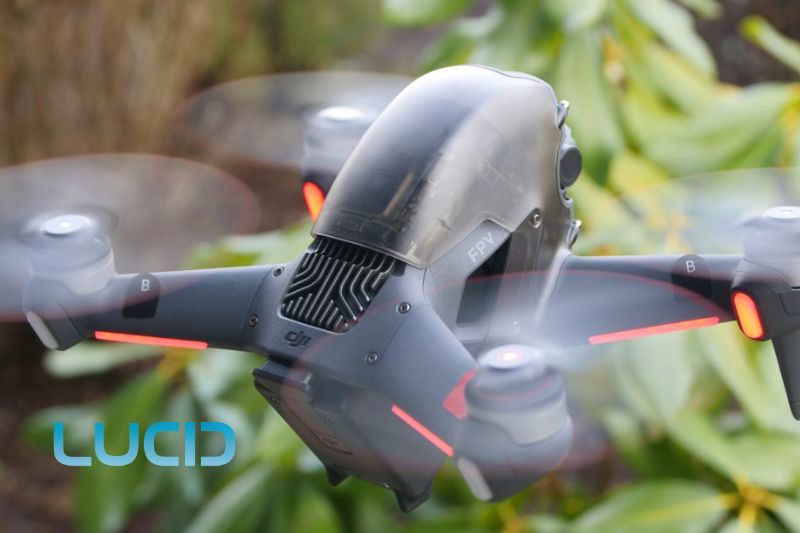
For those looking for a little more excitement, trick drones are a popular choice. These drones are faster than beginner drones and can reach speeds of 40-60 mph.
Some trick drones have even been clocked at speeds of up to 70 mph, making them a great choice for more advanced flying and aerial acrobatics.
Racing Drones
Finally, for those who crave the ultimate in speed, racing drones are the way to go. These drones are built specifically for speed and maneuverability, and can reach racing drone speeds of 60-120 mph.
Racing drones are often modified by their owners for even greater speeds, making them a popular choice for competitive drone racing.
The Most Popular And Common Drone Speeds On the Market
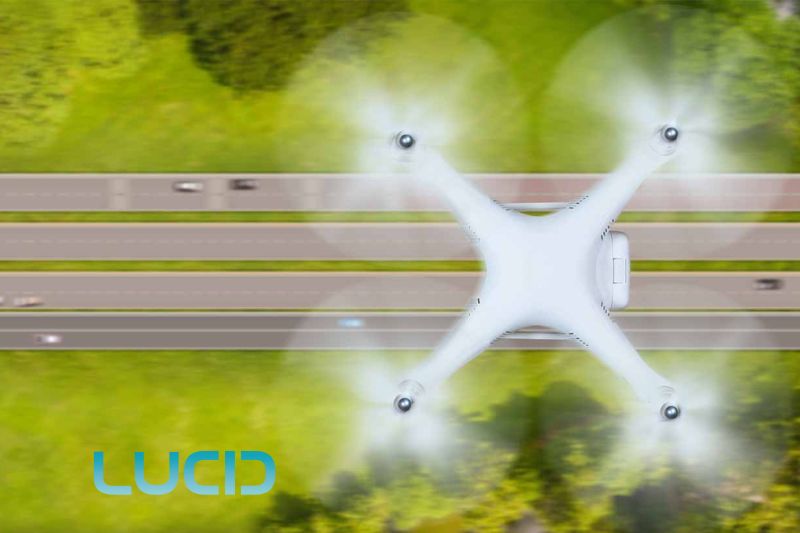
DJI Mavic Mini – slow speed (up to 29 mph)
The DJI Mavic Mini is a popular entry-level drone that is designed for beginners and hobbyists. It has a top speed of up to 29 mph and is ideal for indoor flying and capturing footage in tight spaces.
DJI Mavic Air 2 – moderate speed (up to 42 mph)
The DJI Mavic Air 2 is a versatile drone that can be used for aerial photography and videography, as well as racing and exploring. It has a top speed of up to 42 mph and offers a balance of speed and control.
DJI Phantom 4 Pro V2.0 – fast speed (up to 45 mph)
The DJI Phantom 4 Pro V2.0 is a professional-grade drone that is designed for aerial photography and videography. It has a top speed of up to 45 mph and can be used to capture high-quality footage from a variety of angles.
DJI FPV – super-fast speed (up to 87 mph)
The DJI FPV is a high-performance drone that is designed for professional racing and high-speed flying. It has a top speed of up to 87 mph and is not recommended for beginners or casual users.
Parrot Anafi USA – moderate speed (up to 34 mph)
The Parrot Anafi USA is a lightweight drone that is designed for aerial imaging and mapping. It has a top speed of up to 34 mph and offers a range of advanced features, including thermal imaging and HDR video.
Autel Robotics EVO II – fast speed (up to 45 mph)
The Autel Robotics EVO II is a versatile drone that is designed for aerial photography and videography. It has a top speed of up to 45 mph and offers a range of advanced features, including 8K video and 40-minute flight time.
What Are the Common Aspects Influencing Drone Speed?
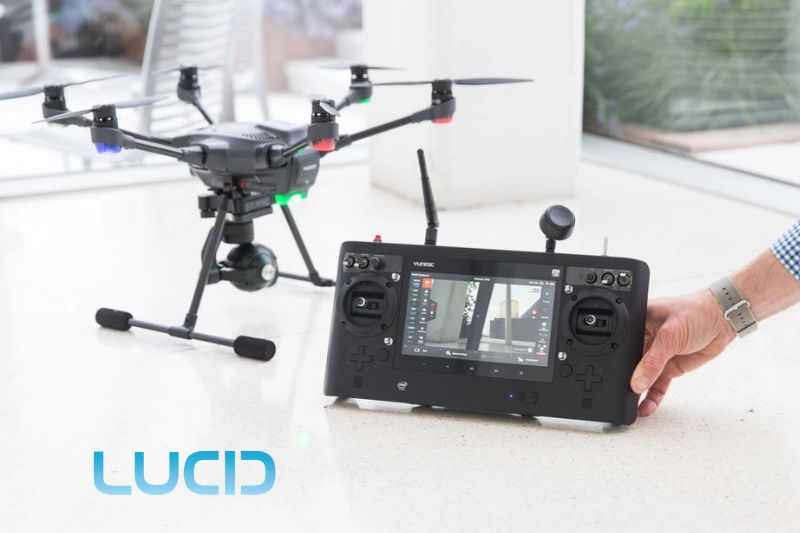
Drones have become increasingly popular in recent years due to their ability to capture aerial footage and their versatility in a range of industries, including photography, videography, agriculture, and search and rescue operations.
One of the key factors that influences the performance of a drone is its speed. Let’s explore with us:
Weight
Weight is one of the most important factors that influence drone speed. The heavier the drone is, the more difficult it is to achieve higher speeds. The weight of a drone is determined by its components, including the battery, camera, and frame.
Manufacturers are constantly striving to make drones lighter without sacrificing performance or functionality. This is achieved by using lightweight materials such as carbon fiber or magnesium alloy and by designing the drone to be as aerodynamic as possible.
Design
Design is another important factor that influences drone speed. The design of a drone includes its shape, size, and overall configuration. Drones with a sleek and streamlined designs are able to cut through the air more easily, allowing them to achieve higher speeds.
In addition, the placement of the drone’s components, such as the motors and propellers, can also impact its speed. Drones with a high thrust-to-weight ratio are able to accelerate more quickly and achieve faster speeds.
Propellers
Propellers are a critical component of any drone and can significantly impact its speed. The size and shape of the propellers, as well as the number of blades, can affect the drone’s performance. Larger propellers with a greater pitch are able to generate more lift, allowing the drone to achieve higher speeds.
However, larger propellers also require more power, which can reduce flight time. In addition, the number of blades can impact the drone’s stability and maneuverability, which can affect its speed.
Safety and regulations
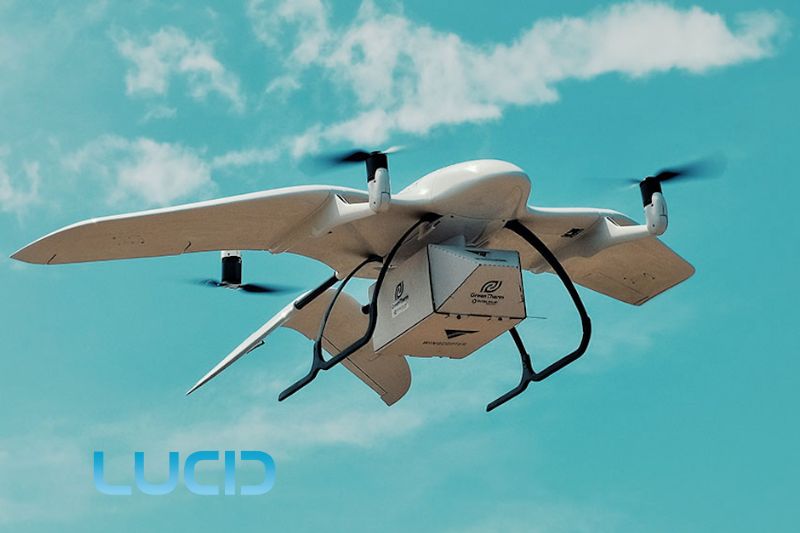
Safety and regulations are also important factors that influence drone speed. The Federal Aviation Administration (FAA) has established regulations for drone operations, including restrictions on the altitude and speed at which drones can fly.
These regulations are designed to ensure the safety of people and property on the ground, as well as other aircraft in the airspace. Drones that are designed for commercial use must comply with these regulations, which can limit their speed and performance.
In conclusion, drone speed is influenced by a range of factors, including weight, design, propellers, and safety regulations. Manufacturers are constantly striving to improve the speed and performance of drones while ensuring they comply with safety regulations.
When choosing a drone, it is important to consider your specific needs and requirements, as well as the regulations that apply to your intended use. By considering these factors, you can choose a drone that meets your needs for speed and performance while ensuring the safety of yourself and others.
How Can I Make My Drone Fly Faster?
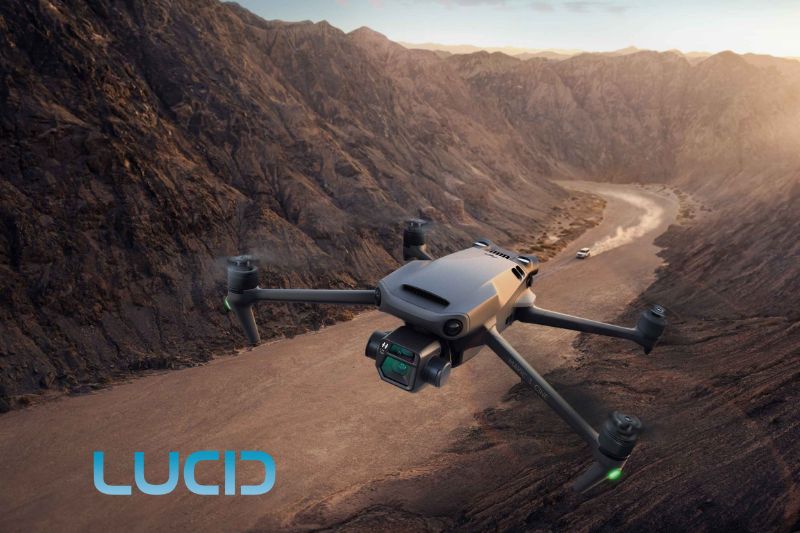
Reduce Weight
One of the most effective ways to increase the speed of your drone is to reduce its weight. The heavier your drone is, the harder it is for the motors to generate enough lift to propel it forward.
You can reduce the weight of your drone by removing any unnecessary components, using lightweight materials, or upgrading to a smaller battery.
Upgrade Motors
Another way to increase the speed of your drone is to upgrade the motors. Motors play a critical role in generating lift and thrust, and upgrading to more powerful motors can significantly increase the speed of your drone.
However, it’s important to make sure that the new motors are compatible with your drone’s frame and that they don’t draw too much power from the battery.
Upgrade Propellers
Propellers play a critical role in determining the speed and performance of your drone. Upgrading to high-performance propellers can increase the thrust and efficiency of your drone, allowing it to fly faster.
It’s important to make sure that the new propellers are compatible with your drone’s motors and that they don’t put too much strain on the battery.
Adjust Flight Settings
Another way to increase the speed of your drone is to adjust the flight settings. You can increase the maximum speed of your drone by adjusting the throttle curve or by increasing the maximum pitch angle.
However, it’s important to keep in mind that increasing the speed can also increase the risk of crashes, so be sure to test your drone in a safe and controlled environment.
Improve Aerodynamics
Aerodynamics play a critical role in determining the speed and performance of your drone. You can improve the aerodynamics of your drone by using a sleek and streamlined design, reducing drag by minimizing the number of exposed wires and components, and optimizing the placement of the motors and propellers.
Optimize the battery
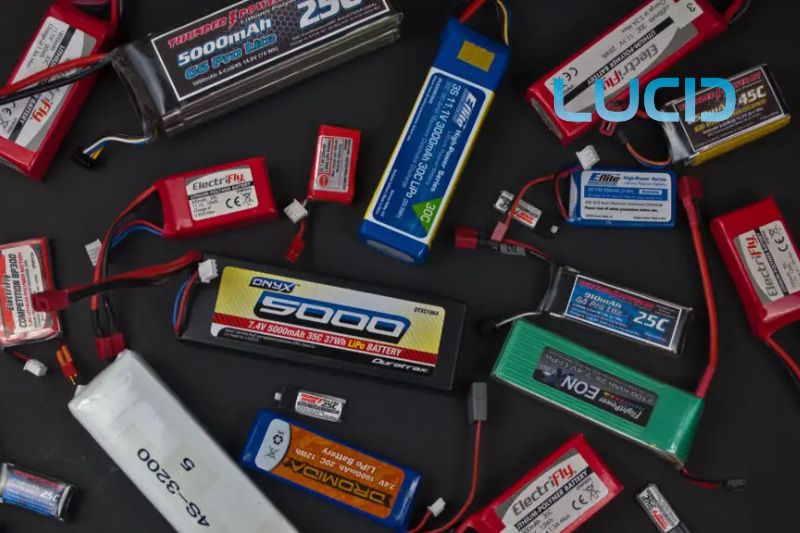
A fully charged and optimized battery can help improve the drone’s speed. You can invest in high-performance batteries that provide more power and last longer.
Follow Safety Regulations
Finally, it’s important to remember that there are safety regulations in place that limit the speed and altitude at which drones can fly.
Before attempting to increase the speed of your drone, make sure that you are familiar with the regulations in your area and that you are flying your drone in a safe and controlled environment.
What is the fastest drone in the world?

- DRL RacerX – developed by the Drone Racing League and set the world record for the fastest drone in 2017, reaching a top speed of 179.6 miles per hour (289 km/h).
- RacerX by the company Velocity Drone – claimed to have surpassed the speed record set by the DRL RacerX with a top speed of 179.86 mph (289.3 km/h) in 2021.
- Teal One – a commercial speed of racing drones is up to 85 miles per hour (137 km/h).
- DJI Inspire 2 – a high-end drone that can reach a top speed of up to 58 miles per hour (94 km/h).
- Yuneec Typhoon H Pro – a commercial drone that can reach a top speed of up to 43.5 miles per hour (70 km/h).
Flying really fast drones at high speeds can be dangerous and is typically only recommended for experienced pilots in controlled environments.
FAQs
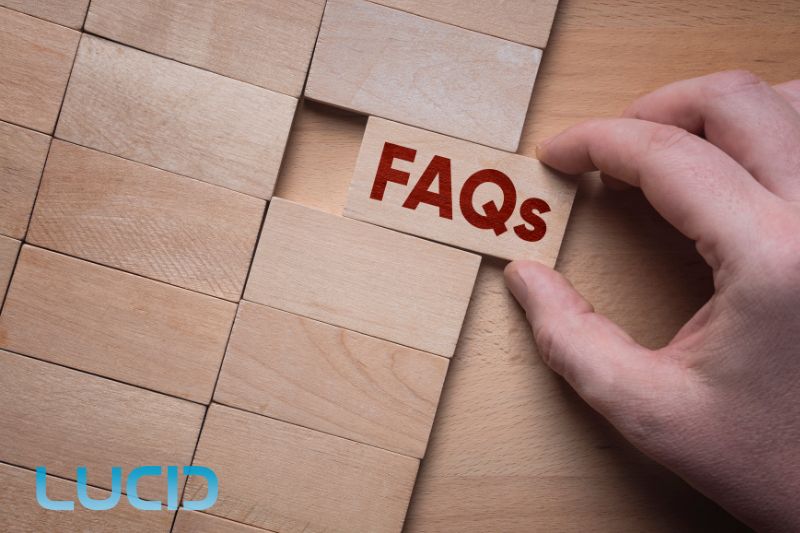
How fast are race drones?
Race drones, also known as FPV (First Person View) drones, can reach incredibly high speeds. The maximum speed of a drone racing can vary depending on the design, motor, and propeller, but some of the fastest racer drone speed is up to 100 miles per hour (160 km/h) or more.
How fast can a military drone fly?
Military drones, also known as Unmanned Aerial Vehicles (UAVs), can fly at a wide range of speeds depending on the specific drone and its purpose.
Some military drones are designed for surveillance and have a top speed of around 150 miles per hour (240 km/h), while others are designed for reconnaissance and can reach speeds of up to 400 miles per hour (640 km/h). Some military drones, such as the MQ-9 Reaper, can even fly at high altitudes at speeds of up to 300 miles per hour (480 km/h).
What makes racing drones faster?
There are several factors that can contribute to the speed of a racing drone. One of the most important factors is the weight of the drone, as a lighter drone requires less power to fly and can accelerate faster.
Additionally, high-performance motors and propellers can generate more thrust and lift, allowing the drone to fly faster. Finally, aerodynamics play a critical role in determining the race drone speed, and a sleek and streamlined design can reduce drag and increase efficiency.
What is the fastest drone in the market?
The fastest flying drone in the market was the DRL RacerX. The DRL fastest drone acceleration set the world record for the fastest drone in 2017, reaching a drone top speed of 179.6 miles per hour (289 km/h). However, it’s worth noting that the market for drones is constantly evolving and new models with faster speeds may become available in the future.
What is the Vivitar VTI Phoenix drone top speed?
The Vivitar VTI Phoenix drone has a top speed of around 25-30 mph (40-48 km/h) according to its product specifications.
However, it’s important to note that the actual top speed may vary depending on various factors such as wind conditions, altitude, and battery life. Additionally, it’s always important to operate drones within the legal limits set by your local aviation authority and with respect for public safety and privacy.
Read more:
- Best Drones with Longest Flight Time 2023: Top Review For You
- Drone Vs Helicopter 2023: Which Is Better For You?
- Do You Need A Pilot’s License To Fly A Drone 2023: Top Full Guide
- What Happens If You Fly A Drone Above 400 Feet? How To Fly Drone 2023: Top Full Guide
Conclusion
In conclusion, the answer of “how fast is a drone” is determined by its shape, design, and weight. Knowing the most common drone speeds available on the market can help you find the right drone for your needs.
To increase your drone’s speed, you may want to upgrade the propellers or motors, modify the frame and battery, and reduce the weight of your craft. While there are many drones that offer high-speed performance, racing drones offer some of the highest speeds. Thank you for reading!
